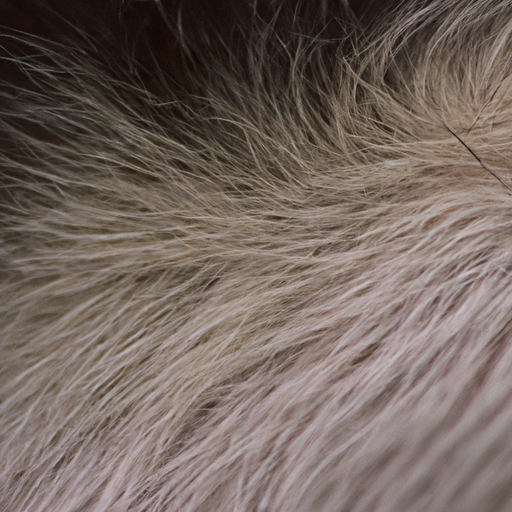Understanding Ticks
Ticks are small, blood-sucking parasites that can infest your dog’s skin, causing various health issues. They are arachnids, closely related to spiders and mites. There are several types of ticks, but the most common ones found on dogs are the American dog tick, deer tick, brown dog tick, and Lone Star tick.
Ticks vary in size, but they can be as small as a pinhead or as large as a grape when engorged with blood. They have a hard, shield-like back and a small head with mouthparts designed to pierce the skin and suck blood. They are often brown or black but can change color after feeding.
Identifying Ticks on Your Dog
Ticks prefer warm, moist areas of the body. When a tick infests your dog, it usually settles in areas like:
- Inside the ears
- Between the toes
- Under the collar
- In the groin area
- Under the tail
Once a tick has chosen a spot, it buries its head into your dog’s skin and begins to feed. As it feeds, it swells up, becoming easier to spot.
Removing Ticks from Your Dog
If you find a tick on your dog, it’s important to remove it as soon as possible to minimize the risk of disease transmission. Here’s a step-by-step guide:
- Put on gloves to protect yourself from potential infection.
- Use a pair of fine-tipped tweezers or a specially designed tick removal tool.
- Gently grasp the tick as close to the skin’s surface as possible.
- Pull upward with steady, even pressure. Don’t twist or jerk the tick as this can cause the mouth-parts to break off and remain in the skin.
- After removing the tick, thoroughly clean the bite area and your hands with rubbing alcohol, an iodine scrub, or soap and water.
- Dispose of a live tick by submerging it in alcohol, placing it in a sealed bag/container, wrapping it tightly in tape, or flushing it down the toilet.
| Tick Removal Steps | Description |
|---|---|
| Step 1 | Protect yourself with gloves |
| Step 2 | Use proper tool |
| Step 3 | Grasp tick close to skin |
| Step 4 | Pull upward evenly |
| Step 5 | Clean the area and your hands |
| Step 6 | Dispose of the tick properly |
Tick Prevention for Dogs
Preventing ticks is far more desirable than dealing with an infestation. Here are some measures you can take:
- Regularly check your dog for ticks, especially after walks in wooded areas.
- Use tick prevention products, such as collars, sprays, or spot-on treatments.
- Keep your yard clean and free of tall grasses where ticks can hide.
- Consult with your vet about the best tick prevention strategies for your specific dog and area.
Frequently Asked Questions (FAQs)
Q: How harmful are ticks to dogs?
A: Ticks can transmit diseases, such as Lyme disease, that can be very harmful to dogs.
Q: Can I use tweezers to remove a tick?
A: Yes, but use fine-tipped tweezers and be careful not to leave any part of the tick in the skin.
Q: How often should I check my dog for ticks?
A: This can depend on your location and the season, but generally, it is a good idea to check your dog daily, especially after outdoor activities.
Q: Can ticks infest my home?
A: Yes, certain types like the brown dog tick can infest homes, but this is less common than outdoor infestations.
Q: Can cats get ticks too?
A: Yes, cats can also become infested with ticks. The prevention and removal methods are similar to those for dogs.



